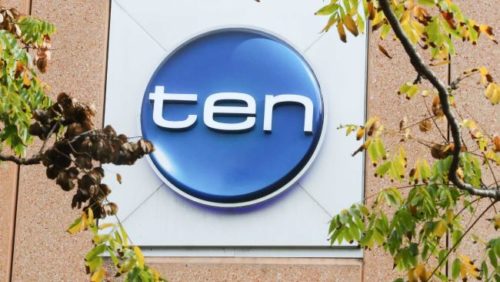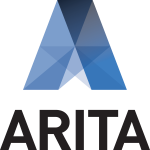
The Treasury has today (28 September 2017) released a consultation paper on reforms to address illegal phoenix activity. The closing date for submissions by interested parties is 27 October 2017.
The paper is available for download from the Treasury website.
Below is the foreword to the paper, by the Hon Kelly O’Dwyer MP, Minister for Revenue and Financial Services:
Phoenixing involves the stripping and transfer of assets from one company to another to avoid paying liabilities. It hurts all Australians, including employees, creditors, competing businesses and taxpayers, and has been a problem for successive governments over many decades.
Phoenixing has a significant financial impact – in 2012, the Fair Work Ombudsman and PwC estimated the cost of phoenixing to the Australian economy to be as high as $3.2 billion annually. It also undermines business’ and the public’s confidence in the corporate and insolvency sectors and the broader economy.
Companies fail for many different reasons, and it can be difficult to distinguish between those who are engaging in illegal phoenix activity and those who are simply involved in a failed company. We are committed to helping honest and diligent entrepreneurs who drive Australia’s productivity, but we won’t tolerate those who misuse the corporate form, to defeat creditors and rip off all Australians. Continue reading »




